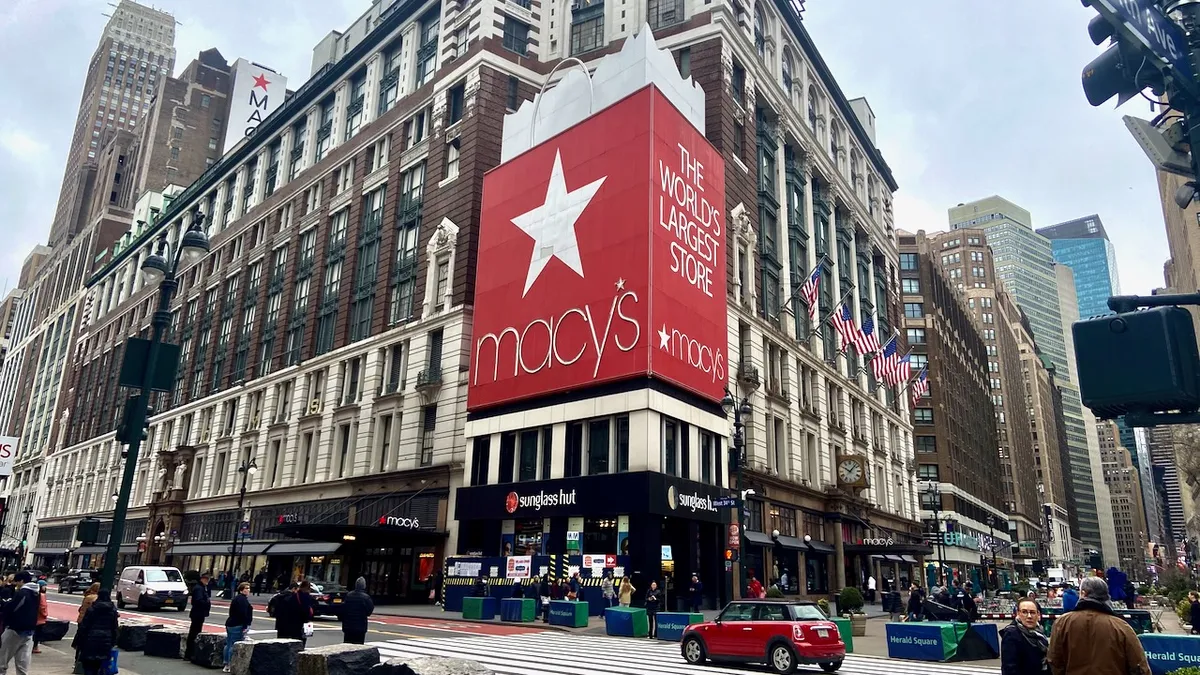Dive Brief:
-
For the sixth straight year, Walmart on Monday topped Fortune’s annual list of the top 500 U.S. companies, with more than $500 billion in revenues — a first for the list — and nearly $10 billion in profits. Fortune lists private and public companies that are incorporated and operate in the U.S. and ranks them by total revenue in their respective fiscal years.
-
After moving up steadily in recent years, Amazon this year broke through to the top 10 for the first time, moving up to No. 8 from 12 last year, thanks in large part to its acquisition of Whole Foods, Fortune said. Apple dropped from No. 3 to 4, but it outshone any company on the list in profits, with $48 billion in net income last year.
-
CVS Health held steady at No. 7, but, like Amazon, its revenues aren’t all from retail; its planned acquisition of health insurance giant Aetna will expand its health ambitions to create a medical-focused company with $240 billion in annual revenue. Rival Walgreens, which failed to acquire Rite Aid last year, dropped from 17 to 19. Costco, which is finally growing its digital sales and can depend on membership fees for most of its revenue, has been on Fortune’s list for 24 years, moving to 15 from 16 this year.
Dive Insight:
In many ways, technology is reshaping Fortune's list, but not just because Facebook and Alphabet can be found there, though not in the top 20. Technology is increasingly important to all of the companies on the list, particularly Amazon, where its cloud services business is arguably supporting its retail side.
In fact, the top 20 companies on Fortune's list include a lot in legacy fields like energy and banking, along with healthcare, which for a few decades now has dominated the nation's GDP to what some believe is an unhealthy extent. But the top dog continues to be a retailer — and a half-century old one at that. Despite Amazon's two-decade incursion into its space, Walmart is far and away the one generating the most sales and profits by selling hard goods, something that — despite some prognostications — Amazon is nowhere near achieving for the moment.
"Even if you factored in accelerated growth, which we see as highly unlikely without a big acquisition, Amazon would need to increase its U.S. retail sales by nearly 500% to reach Walmart at about $400 billion in U.S. retail sales and over $550 billion in worldwide sales as of December 2017," retail analyst Nick Egelanian, president of retail development consultants SiteWorks, told Retail Dive in an email.














